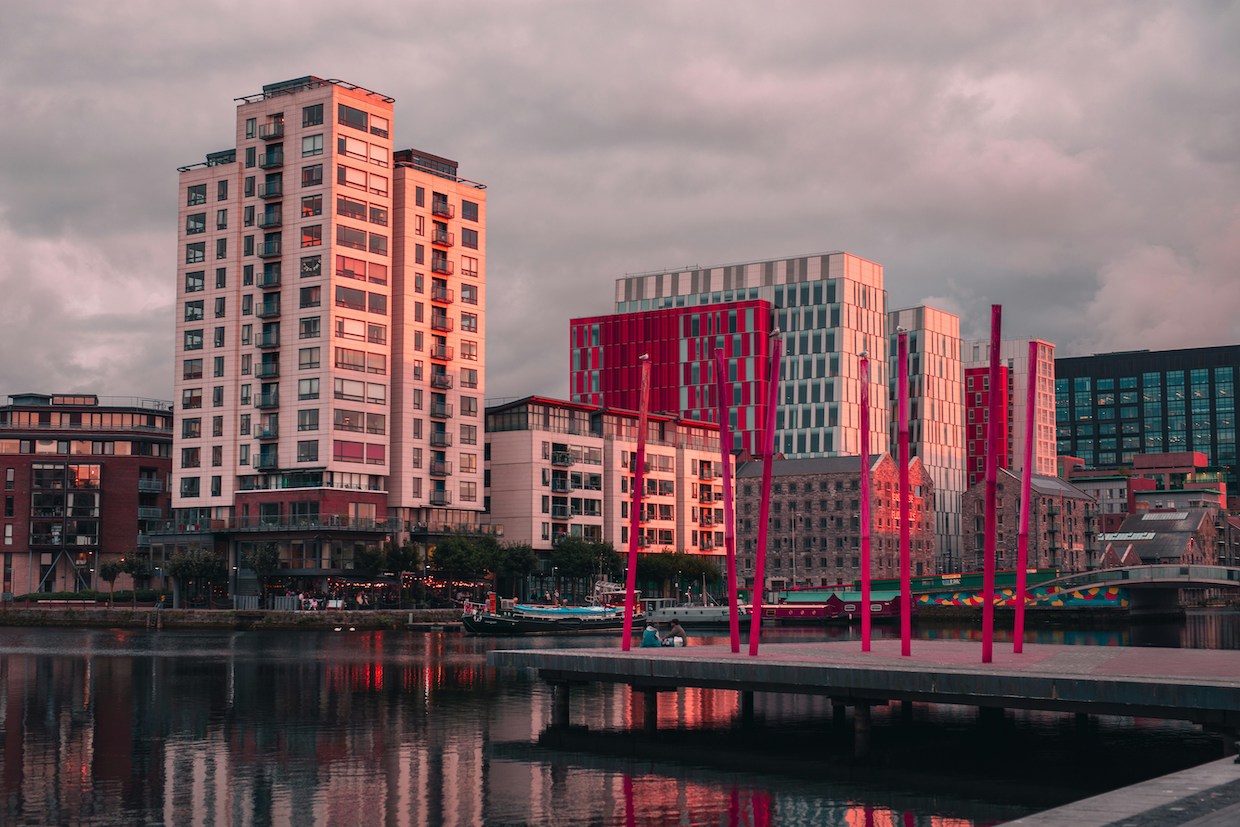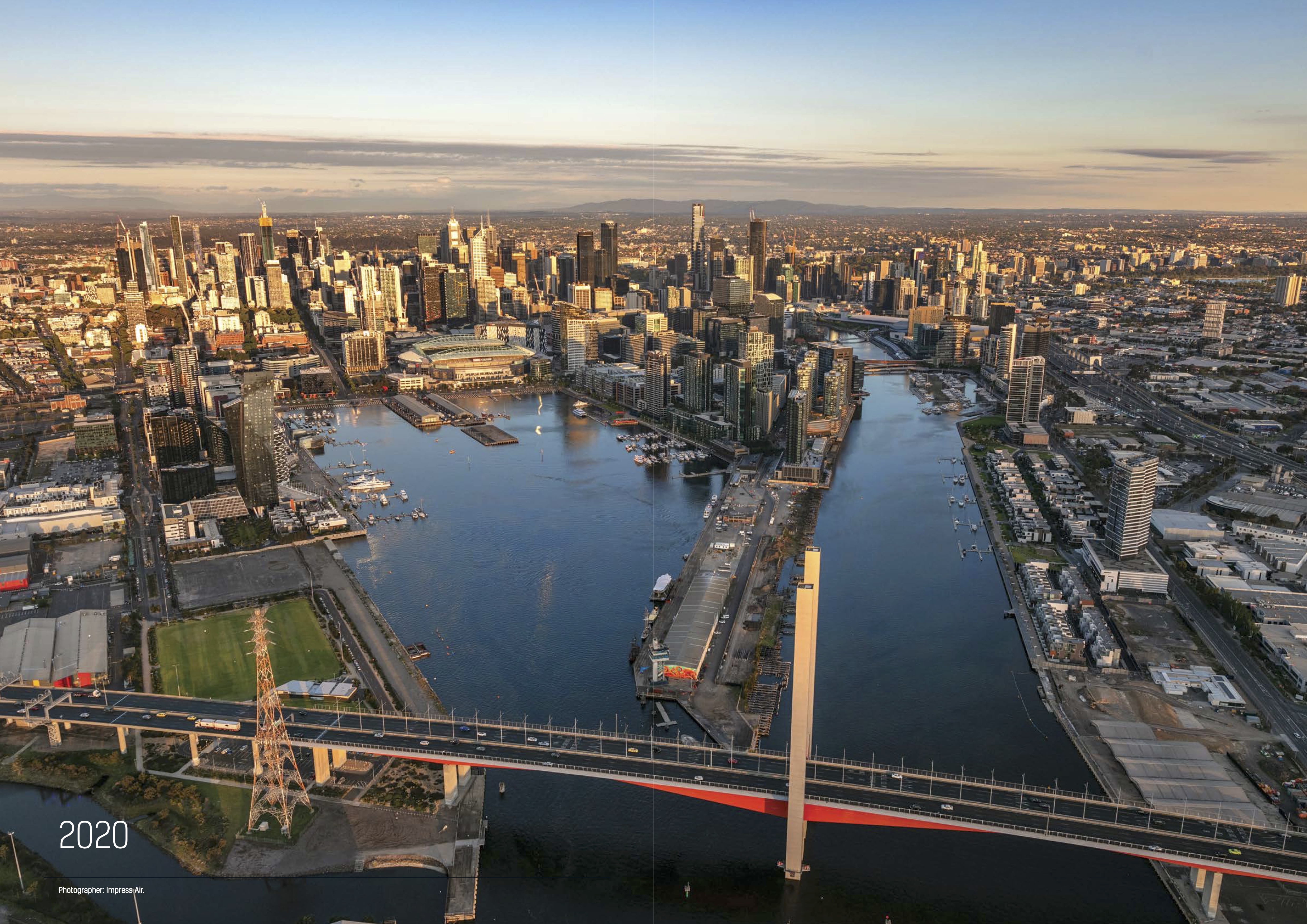Retail’s Evolution to Omnichannel

The future of retail is not physical or online – but both
The rise of Australian e-commerce has been quick. Online sales accounted for less than 2% of the total retail sales in March 2013 when ABS first started tracking it. If Australia follows a similar path to other western countries, e-commerce penetration rates will continue to rise.
This has spurred dramatic evolution in the retail landscape. Whilst this has been disruptive to physical retail and triggered major transformation, it has not spelt its demise as many had predicted.
Far from it.
As shopping patterns have matured and technology has become more sophisticated, physical and online retail have merged. Retail businesses must no longer consider physical or online but physical and online.
Transformation: The Evolution of Australian Retail
The arrival of e-commerce profoundly altered retail. Previously visiting a physical store was the only option for shoppers; suddenly goods could be ordered to home from anywhere. Visiting shops became optional. E-commerce significantly expanded choice for shoppers, especially those in regional areas, and increased price transparency.
To compete, physical retailers needed to adapt fast. Many did not. Vacancy rates across CBD, regional and sub-regional sub-sectors have significantly risen over the last few years. According to CBRE, average CBD retail vacancies currently stood at 17.4% in June 2022 – nearly one in five shops.
Those that survived did so by developing their own e-commerce channels, increasing choice, ensuring fair pricing, improving the shopping experience and, where necessary, rationalising or reducing their physical footprint.
COVID-19 brought things to a head. It accelerated the e-commerce shift and ingrained new shopping habits. This fatally undermined the profitability of ill-adapted retailers – RIP Harris Scarfe, EB Games and TM Lewin.
By December 2022 81% of Australian households, some 9.2 million, shopped online.
Resilience: The Importance of Physical
What has become clear though is that physical retail remains essential. The overwhelming majority of shopping still takes place in stores, especially for food. Even when purchased online, goods are often dispatched from a physical store close to the customer, or collected by them in person.
Beyond fulfilment, physical stores help to cultivate brand. They allow customers to inspect, touch and feel goods prior to purchasing them online, which supports e-commerce sales. They offer customer ‘experience’, a broad term describing the role of stores in delivering immersive, interactive and shareable experiences which provide reasons to visit beyond the functional act of buying goods. They act as return points for goods brought online.
E-commerce is not a panacea and it has its own frustrations, such as poor-quality goods, lengthy delivery times and cumbersome returns processes.
Rather, e-commerce gives consumers optionality and information which does not come at the expense of physical. This explains why 79% of consumers in a recent global survey indicated that they are more likely to shop online with a retailer if it had a physical store network. It also explains why e-commerce platforms like Amazon, eBay and ASOS have been taking brick and mortar stores in Europe and the US.
Omnichannel: An Integrated Future
Retail success, then, is not physical or online, but both. Physical stores support online sales and vice versa. Omnichannel, a strategy that offers “…a seamless shipping experience across all channels, including in store, mobile and online” is the future. This will force further physical retail adaptation which will be disruptive. Stores must continue to constantly innovate and create new experiences to stay relevant.
Technology means consumers will shop in person less often and when they do, they will be better informed about which goods they want and how much they should cost. Done successfully, physical retail will generate online demand by cultivating loyalty or offering home-delivery once goods have been inspected.
Focusing on physical or online sales is a distraction, the focus should be on overall sales.
Real estate: striking the right balance
The rise of omnichannel means physical will continue changing in real-time. Ensuring flexibility of assets, centres and planning policies is important to enable easy adaptation in real-time, in line with emerging trends. Predicting and planning for future retail need using traditional demand modelling will be harder.
Retailers will be ruthless in maintaining only the space which facilitates omnichannel. Rationalisation will be ongoing.
Stakeholders must work harder to ensure the viability of our retail centres. Repurposing of non-functioning real assets for new uses will be necessary. Notwithstanding that, because physical retail remains vitally important in the omnichannel future, that hard work will be rewarded by occupier demand, performance and healthy, viable centres.
Planning: thinking differently about hierarchies
The retail hierarchy is premised on the idea that customers need to physically visit stores in order to buy goods, and that certain types of goods are only available at certain sized centres.
The integrated retail model critically undermines this premise as it allows customers to order all types of goods from the comfort of their homes. No longer do they need access to a large, high order centre to buy items purchased infrequently like clothes or even bulky goods – they can get more choice and can compare different brands online before ordering convenient home delivery or click and collect to a nearby store.
What does this mean that for strategic planning and development planning?
The role of retail centres is clearly changing. Hierarchies may still be needed, but will be based on experiences which can be accessed online and in the physical store. Flexible and adaptable planning policies must allow stores to easily adjust to the integrated world without having to operate under the old, rigid centre definitions.
The sooner this can happen, the better, given that integrated retail is with us now.
Related posts
Dive deeper into insights that matter to you.

The Election and Housing: Ireland’s Wake-Up Call for Oz

Australia’s Visitor Economy Rebounds: Insights from 2024-2025 ABS Data

Australian Data Centres: The State of Play for this Critical Sector

30 Years On: Has Docklands Been A Success?
Make smarter decisions
Get in touch with the Team to get an understanding of how we transform data into insightful decisions. Learn more about how Atlas Economics can help you make the right decisions and create impact using our expertise.
